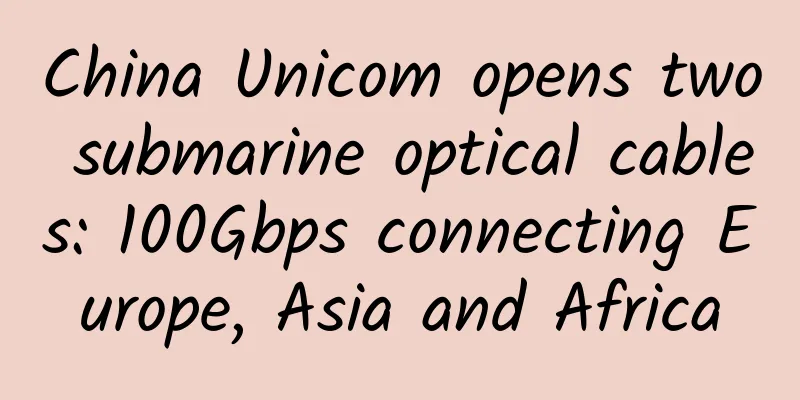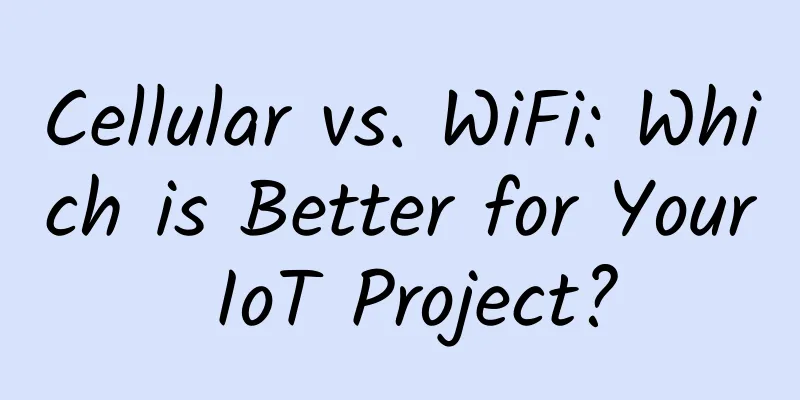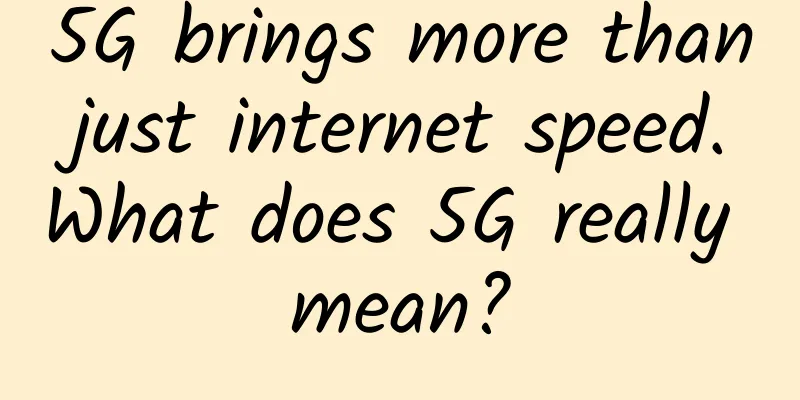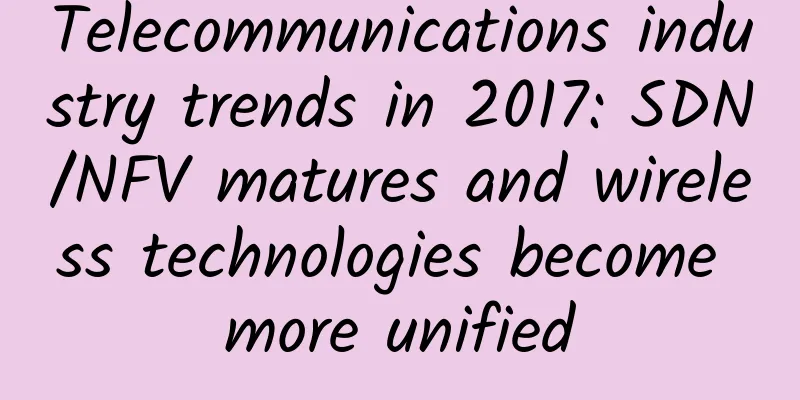5G uses millimeter waves, what will 6G/7G use? Experts have given the answer
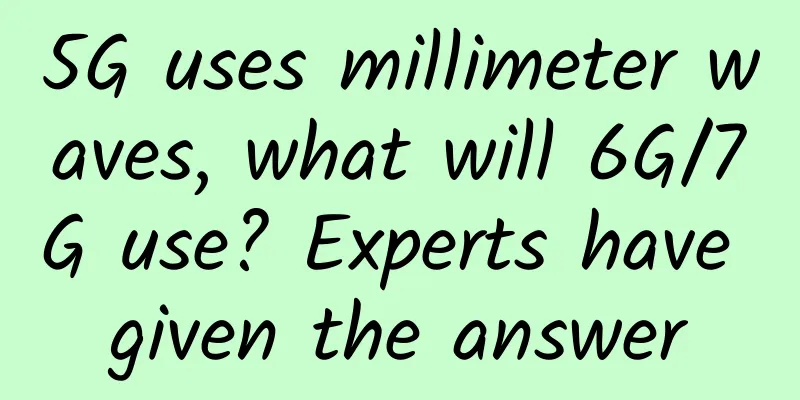
|
With the commercialization approaching, the topic of 5G has been heard a lot recently. Anyone who knows about 5G knows that there are two main frequency bands for 5G networks, one is sub-6GHz and the other is millimeter waves. In fact, our current LTE networks are all based on sub-6GHz, and millimeter wave technology is the key to realizing the 5G era. Unfortunately, in the decades of development of mobile communications, millimeter waves have never really entered people's lives for various reasons. However, relevant experts said at the Brooklyn 5G Summit held this month that terahertz waves may be able to make up for the shortcomings of millimeter waves and accelerate the process of realizing 6G/7G. Terahertz waves have huge potential From the 23rd to the 26th of this month, the 6th Brooklyn 5G Summit was held as scheduled. The content of the summit covered 5G deployment, summary of experience and lessons learned, and prospects for the development of 5G. In addition, Gerhard Fettweis, professor at the University of Dresden, and Ted Rappaport, founder of NYU Wireless, also spoke about the potential of terahertz waves at the summit. The two experts said:
In his speech at the summit, Fettweis reviewed previous generations of mobile communications technology and discussed the potential of terahertz waves to address the limitations of 5G, noting: We are about to enter the 5G era, which is of great significance to the application of technologies such as the Internet of Things and AR/VR. Although 6G has many similarities with previous generations of technology, it will also make up for many shortcomings. So, what is the origin of the terahertz wave that experts are so optimistic about? Terahertz wave was proposed by the United States in 2004 and listed as one of the "top ten technologies that will change the future world". Its wavelength is between 3μm and 1000μm, and its frequency is between 300GHz and 3THz, which is higher than the highest frequency used by 5G, that is, 300GHz of millimeter wave. As can be seen from the figure above, terahertz waves are between radio waves and optical waves, which to a certain extent gives them different characteristics from other electromagnetic waves. In other words, terahertz waves have the advantages of both microwave communication and optical wave communication, namely high transmission rate, large capacity, strong directionality, high security and strong penetration. Theoretically, in the field of communications, the higher the frequency, the greater the communication capacity. The frequency of terahertz waves is 1 to 4 orders of magnitude higher than the microwaves currently used, and it can provide wireless transmission rates that microwaves cannot achieve. Therefore, it can solve the problem of information transmission being restricted by bandwidth and can also meet users' demand for bandwidth. Terahertz waves are expected to be used in communication technology within ten years Although many experts are convinced that terahertz waves will subvert the communications industry, it is still unknown what deficiencies terahertz waves can make up for. Because mobile operators around the world have just launched their own 5G networks, it will take time to discover the deficiencies. However, Leifeng.com (official account: Leifeng.com) believes that the physical properties of terahertz waves have already highlighted its advantages. For example, terahertz waves have shorter wavelengths and higher frequencies than millimeter waves. This means that terahertz waves can transmit more data faster. Therefore, introducing terahertz waves into mobile networks may solve the shortcomings of 5G in terms of data throughput and latency. Fettweis also showed the test results in his speech, and within 20 meters, the transmission speed of terahertz waves is 1TB per second. Although this result is not particularly outstanding, Ted Rappaport still firmly believes that terahertz waves are the basis of future 6G and even 7G. As a pioneer in millimeter wave research, Rappaport has made a strong case for the role of millimeter waves in 5G networks. He said that thanks to the frequency of terahertz waves and the improvement of current cellular technology, people will see smartphones with computing capabilities similar to those of the human brain in the near future. Of course, to some extent this is all highly speculative, but if trends continue as they are currently, then within the next decade we can expect to see mobile operators using terahertz waves for communications. This article is reproduced from Leiphone.com. If you need to reprint it, please go to Leiphone.com official website to apply for authorization. |
<<: Why is China's 5G commercialization going astray?
>>: 5 Network Troubleshooting Software, Which One Do You Use?
Recommend
Implementation comparison and practice of distributed computing engines Flink/Spark on k8s
The underlying resource management platform of di...
One year has passed since China's 5G license issuance, and these opportunities and challenges are becoming clearer
With the extensive publicity of the media and the...
The intelligent world is waiting for you to build. Huawei Cloud joins hands with millions of developers to Login 2020
What does an intelligent world where everything i...
Forty-five kinds of traditional knowledge about optical fiber and optical cable
1. Briefly describe the composition of optical fi...
The biggest problem with 5G: not the technology, but the lack of “killer applications”
The global 5G progress forecast released by Credi...
How does 5G promote innovation in manufacturing?
5G technology is revolutionizing the way we commu...
Several thinking patterns that need to be changed in the 6G era
First of all, 5/6G is born for the interconnectio...
The Ice and Fire of IT Infrastructure! Do you understand the 6 hot trends and 5 unpopular trends?
The COVID-19 pandemic has put tremendous pressure...
“Hotel chains” also have “five-star” Wi-Fi! How did Lavande Hotels do it?
Hotel Wi-Fi ≈ Slow speed and insecurity? This pro...
Testing infrastructure is like a butcher's knife, WOT Ru Bingsheng tells you how to avoid "falling into the trap"
【51CTO.com original article】Seven years of hard w...
China Unicom dismantles its 2G network. What will happen to existing feature phone users?
According to official information from China Unic...
The Ministry of Industry and Information Technology stated: Promote the development of dual-gigabit networks represented by 5G and optical fiber
China has made some achievements in 5G developmen...
5G network equipment security assessment escort "new infrastructure"
Unlike 4G mobile communication technology, which ...
Verizon expands 5G enterprise network to 24 cities in the U.S.
Beijing time, April 16th morning news, the larges...
Istio configuration security: How to avoid misconfiguration
Istio is a powerful service mesh solution that pr...


![[Black Friday] AlphaVPS: AMD Ryzen KVM/Large Hard Drive KVM, starting at 15 Euros per year, Los Angeles/Bulgaria Data Center](/upload/images/67cac47293fd2.webp)
